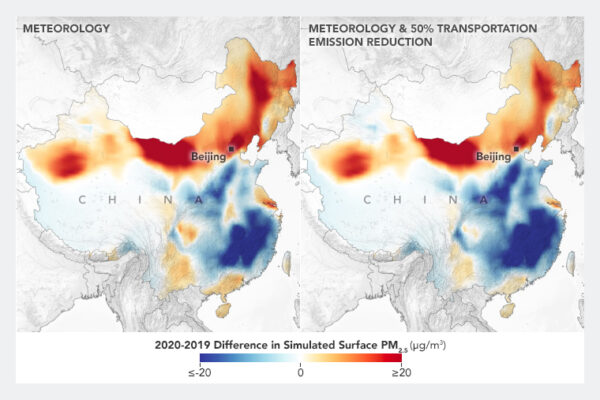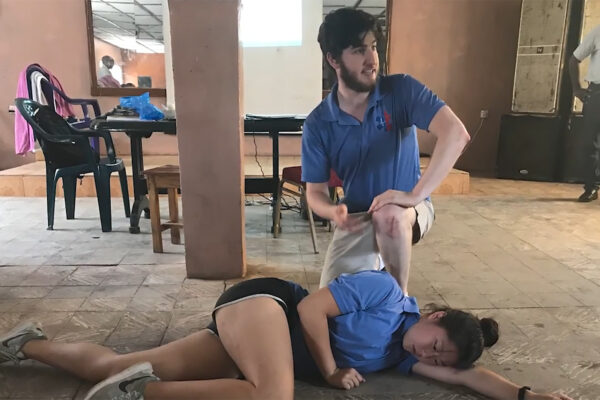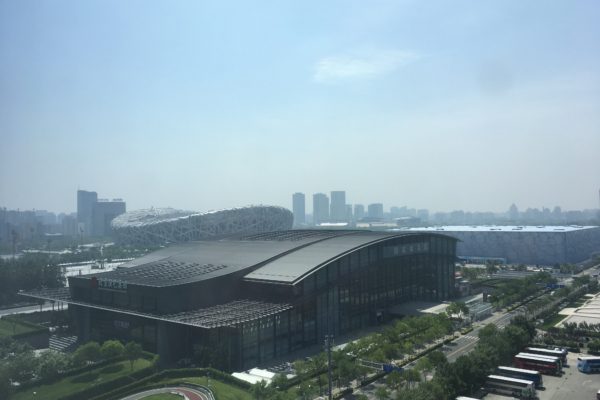Growing up in Brazil, Karolina Cysneiros de Carvalho dreamed that one day she would be a cardiac surgeon.
“I knew I wanted to help people and doctors help people,” recalls Cysneiros de Carvalho. “But I realized I was much better at math than biology. That’s when I decided to follow the path of engineering.”
Cysneiros de Carvalho is now earning a doctorate in energy, environmental and chemical engineering at the McKelvey School of Engineering. Recently, she and Brent Williams, associate professor and leading pollution expert, joined 50 scientists from across the globe in Fairbanks, Alaska, to study how cold and dark conditions contribute to the city’s dirty air, which is some of the worst in the nation. The ongoing project is called the Alaskan Layered Pollution and Chemical Analysis project or ALPACA.
Cysneiros de Carvalho is especially interested in how pollution changes as it travels from the frigid outside to the warm indoors. So she designed, wired and programmed a one-of-a-kind instrument that tracks changes in chemical compounds as they infiltrate a structure. No less daunting, she found a way to safely transport the instrument from her lab on campus to Fairbanks, some 3,000 miles away. Indoor air pollution, she explains, has a huge impact on human health.
“When people think about air pollution exposure, they usually think about outdoor pollution from cars and power plants emissions,” Cysneiros de Carvalho says. “But we’re also exposed to air pollution in our house from daily activities like cooking and cleaning.”
“When Brent talked to me about this project, one of the things that really got my attention was the fact that it’s community-based.”
Karolina Cysneiros de Carvalho
For two months this winter, Cysneiros de Carvalho worked 18-hour days, running experiments in a rented Fairbanks house, measuring how different outdoor weather conditions and indoor activities such as frying chicken changed the indoor pollution. The temperatures hovered near zero degrees Fahrenheit, and the sun only appeared four hours a day — brutal circumstances for someone raised in sunny Brazil. Still, Cysneiros de Carvalho loved the experience. After two years of living through a global pandemic, the study provided Cysneiros de Carvalho her first opportunity as a doctoral student to work with researchers from institutions who share her interest in air pollution. It also offered her the opportunity to help the people of Fairbanks.
“When Brent talked to me about this project, one of the things that really got my attention was the fact that it’s community-based,” Cysneiros de Carvalho says. “There’s a lot of regulatory studies that just go to a place to get data to create laws. But here, we explained to the residents what was happening and heard their concerns. I hope the data we will provide leads to better air to breathe.”


